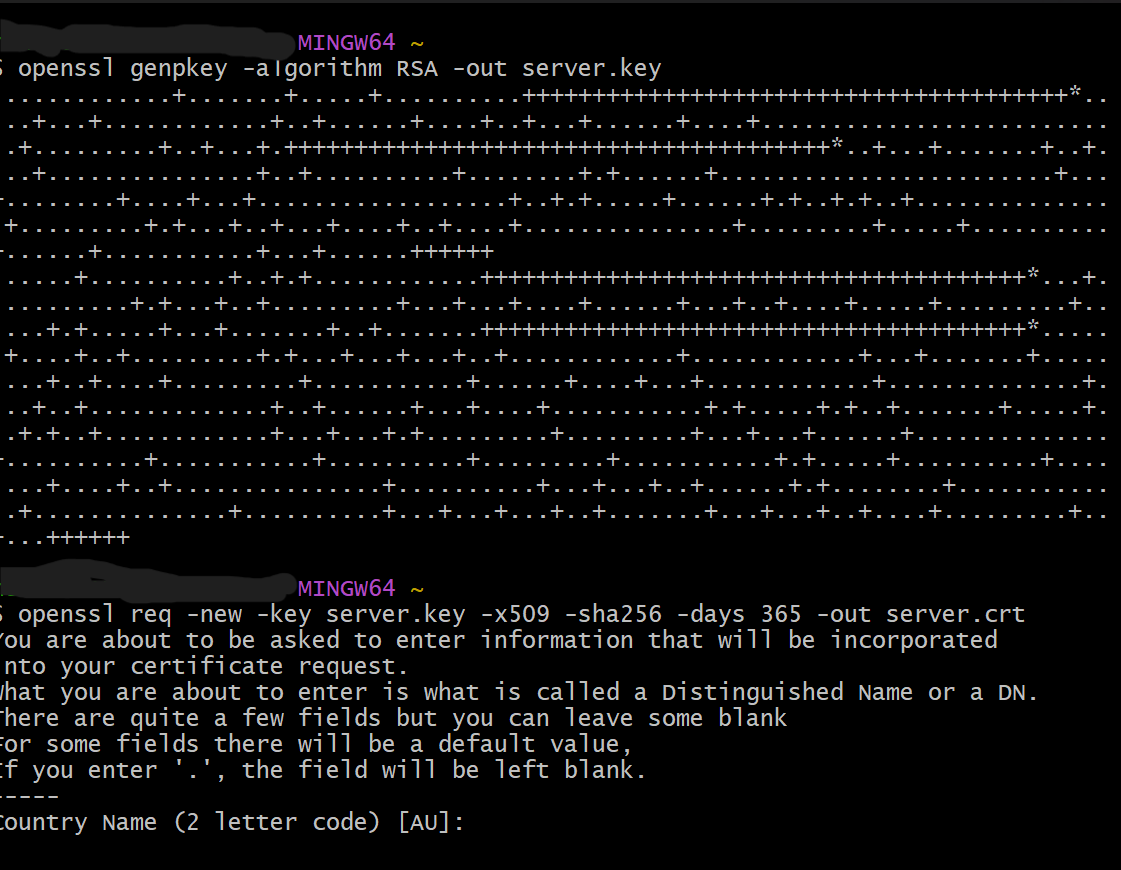Learn about how goal-based agents in artificial intelligence utilize depth and breadth first search algorithms.

A goal-based agent utilizes search algorithms like breadth-first and depth-first searches to navigate through a problem space towards achieving its objectives.
In the case of a goal-based agent employing a breadth-first search, the primary objective is to systematically explore all possible paths from the initial state to the goal state. By expanding nodes at each level of depth simultaneously, breadth-first search ensures that all potential solutions are explored before deeper levels are traversed. This approach is particularly useful when the agent has no prior knowledge about the optimal path to the goal and when the cost of transitioning between states is uniform. By exhaustively exploring all potential paths, the agent can guarantee that it finds the shortest path to the goal state.
On the other hand, a goal-based agent utilizing a depth-first search prioritizes exploring deeper paths first before backtracking to explore alternative paths. This approach can be advantageous when memory resources are limited or when the agent needs to quickly identify feasible solutions without fully exploring the entire problem space. However, depth-first search may not always guarantee finding the optimal solution, especially in scenarios where the shortest path to the goal state traverses multiple levels of depth.
Breadth-First Travel: Breadth-First search is employed when all costs are considered equal. It prioritizes exploring nodes at the same depth before delving deeper. For instance, if traveling between nodes A and C or A and B incurs equal costs, the algorithm doesn't distinguish between them initially. It begins exploration from the root node (designated as A here), then expands to adjacent nodes, continuing this process systematically. Nodes at the same depth are simultaneously expanded, ensuring a broad exploration of the search space.
Depth-First Travel: In contrast, Depth-First travel operates by prioritizing deeper nodes first. If a node like B is expanded, the algorithm proceeds to explore its children nodes before backtracking to explore nodes at the same level. This means that if node B is expanded first, the algorithm will subsequently move on to node D instead of revisiting node C, which lies at the same depth as B.
Breadth-First search is considered the most optimal search strategy in scenarios where all costs are equal. This is because it systematically expands nodes at each level of depth simultaneously. By doing so, it avoids the risk of overlooking the goal node by mistakenly choosing a suboptimal path. Thus, in situations where the cost between nodes is uniform, Breadth-First search ensures an optimal exploration of the search space, leading to the discovery of the shortest path to the goal node.
While Breadth-First search offers optimality in terms of finding the shortest path, it comes with the trade-off of requiring more memory compared to Depth-First search. This is because Breadth-First search expands all nodes at each level simultaneously, resulting in a larger number of nodes being stored in memory at any given time. In contrast, Depth-First search, by focusing on exploring deeper nodes first and ignoring some nodes as it progresses, consumes less memory overall. Therefore, in scenarios where memory resources are limited, the memory-intensive nature of Breadth-First search may pose a challenge.
Company: ImportLearn
Published Date: Thu Feb 29 2024 00:00:00 GMT+0000 (Coordinated Universal Time)
View Team

Discuss how to best manage user expectations when patching devices in your network.
Read More
An introduction to a few concepts needed to understand the exciting world of artificial intelligence (AI).
Read More
Method for generating SSL/ TLS Certificate in a Linux environment
Read More